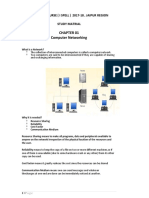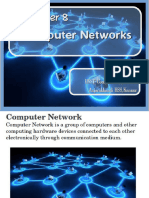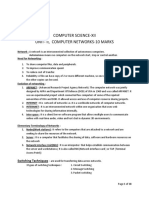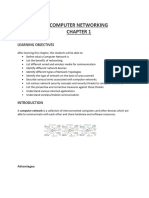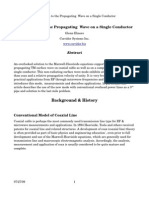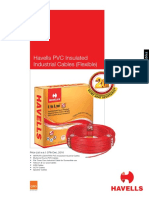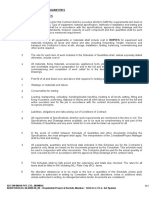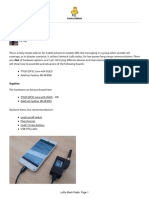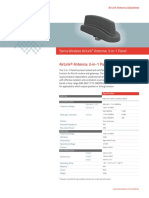0% found this document useful (0 votes)
32 views7 pagesComputer Networking
This document provides an overview of communication and network concepts, including definitions of networks, data communication, and various transmission media such as twisted pair cables, coaxial cables, and optical fibers. It also discusses network devices, types of networks, network topologies, and communication protocols, highlighting their functions and advantages/disadvantages. Additionally, it covers modern communication technologies like GSM, CDMA, and 3G, emphasizing their significance in mobile communication.
Uploaded by
aditridubey1Copyright
© © All Rights Reserved
We take content rights seriously. If you suspect this is your content, claim it here.
Available Formats
Download as DOC, PDF, TXT or read online on Scribd
0% found this document useful (0 votes)
32 views7 pagesComputer Networking
This document provides an overview of communication and network concepts, including definitions of networks, data communication, and various transmission media such as twisted pair cables, coaxial cables, and optical fibers. It also discusses network devices, types of networks, network topologies, and communication protocols, highlighting their functions and advantages/disadvantages. Additionally, it covers modern communication technologies like GSM, CDMA, and 3G, emphasizing their significance in mobile communication.
Uploaded by
aditridubey1Copyright
© © All Rights Reserved
We take content rights seriously. If you suspect this is your content, claim it here.
Available Formats
Download as DOC, PDF, TXT or read online on Scribd
/ 7



